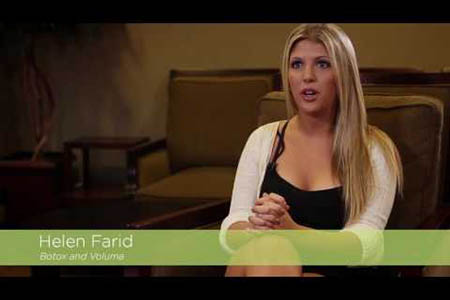Changing the shape of your nose is one of the most popular facial surgeries in the world, and for good reason: a millimeter here or there can dramatically change how you look and breathe. But—like any surgery—there are trade-offs. Below, we’ll cover the upside, the genuine downside, and how today’s technology makes the journey safer than ever.
The Basics Of A Nose Job
Surgeons have two main ways to reach the nasal framework:
- Open rhinoplasty: A tiny incision across the strip of skin between the nostrils (the columella) lifts the skin envelope so cartilage and bone are in full view. It’s ideal for complex reshaping because the surgeon can see everything directly.
- Closed rhinoplasty: All incisions are hidden inside the nostrils. Recovery is often quicker, and there’s no external scar, but it’s best suited to modest tweaks.
During either approach the surgeon may shave a dorsal hump, narrow bones, trim or add cartilage grafts, and straighten the septum. Anaesthesia is usually light general or deep IV sedation, and most patients go home the same day.
Is A Rhinoplasty Safe?
Rhinoplasty used to be notorious for unpredictable results. Today, high-definition endoscopes, 3D imaging, cartilage-preservation techniques, and evidence-based guidelines have significantly reduced major complication rates to well below 5 percent in healthy individuals. Comparative reviews show both open and closed techniques deliver excellent long-term outcomes when performed by fellowship-trained surgeons. Add to that modern anaesthetic monitoring and refined post-operative care, and the procedure is safer now than at any point in its over 100-year history.
Why Get A Nose Job?
- Facial balance: A straighter bridge or slimmer tip can bring the nose into harmony with the chin and cheeks.
- Better breathing: Straightening a deviated septum or reinforcing weak valves often improves airflow, reducing mouth-breathing and snoring.
- Self-confidence: Many patients simply feel more “like themselves” when the outside matches the way they’ve always pictured their face.
- Trauma repair: A broken nose or congenital asymmetry can be functionally and aesthetically corrected in one operation.
The Actual Risks Of Rhinoplasty
- Bruising & swelling: Expect “raccoon eyes” and a puffy nose for the first couple of weeks. Most of it fades by the end of the first month, but subtle swelling can take up to a year to disappear.
- Bleeding or infection: Both are uncommon (occurring in fewer than 2 percent of healthy patients) and are usually controlled with gentle packing or a short course of antibiotics.
- Altered breathing: If too much cartilage is removed or internal valves collapse, airflow can be affected. This is the #1 reason people seek revision surgery, so structural support is key.
- Scarring or numbness: An open approach leaves a hairline scar under the nostrils that typically becomes almost invisible. Temporary tip numbness is a normal condition and generally resolves within a few months.
- Asymmetry or dissatisfaction: Noses heal in three dimensions, and tiny shifts during recovery can create unevenness. Roughly 5–15 percent of patients request a touch-up once healing is complete.
- Reaction to anesthesia: Rare but possible with any surgical procedure. Thorough pre-op screening sharply lowers this risk.
Bottom line: Every one of these complications can be minimized—or fixed—by choosing a board-certified facial plastic surgeon who performs rhinoplasty regularly, follows strict sterile technique, and guides you through meticulous after-care.
Conclusion
Rhinoplasty Seattle can be life-changing, but it is not risk-free. You minimize those risks by partnering with a surgeon who marries artistic vision with rigorous medical training. In the Seattle–Bellevue area, Dr. Philip Young of Aesthetic Facial Body has performed thousands of nasal procedures and is internationally recognized for his research into facial proportions and beauty theory. If you’re considering reshaping your nose—functionally, cosmetically, or both—his team offers comprehensive consultations, advanced imaging, and a proven track record of safe, personalized care.


 Patient Reviews
Patient Reviews Cards From Patients
Cards From Patients Share Your Story
Share Your Story






